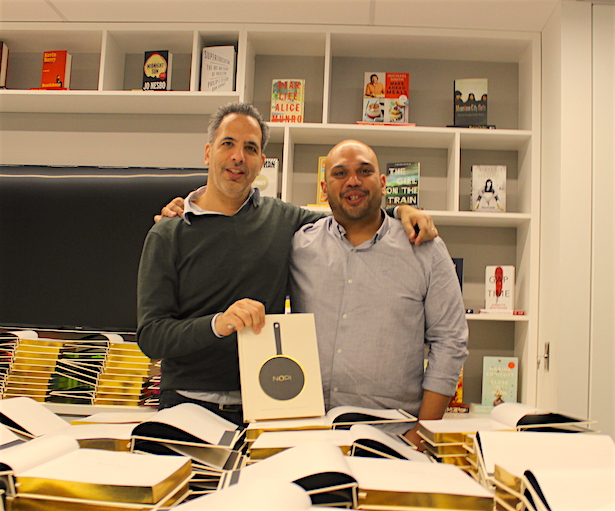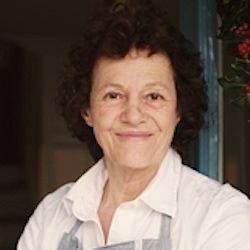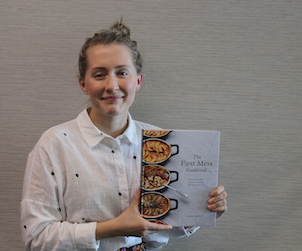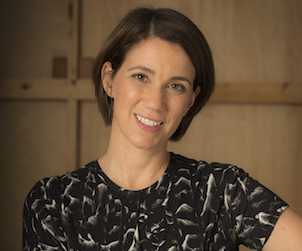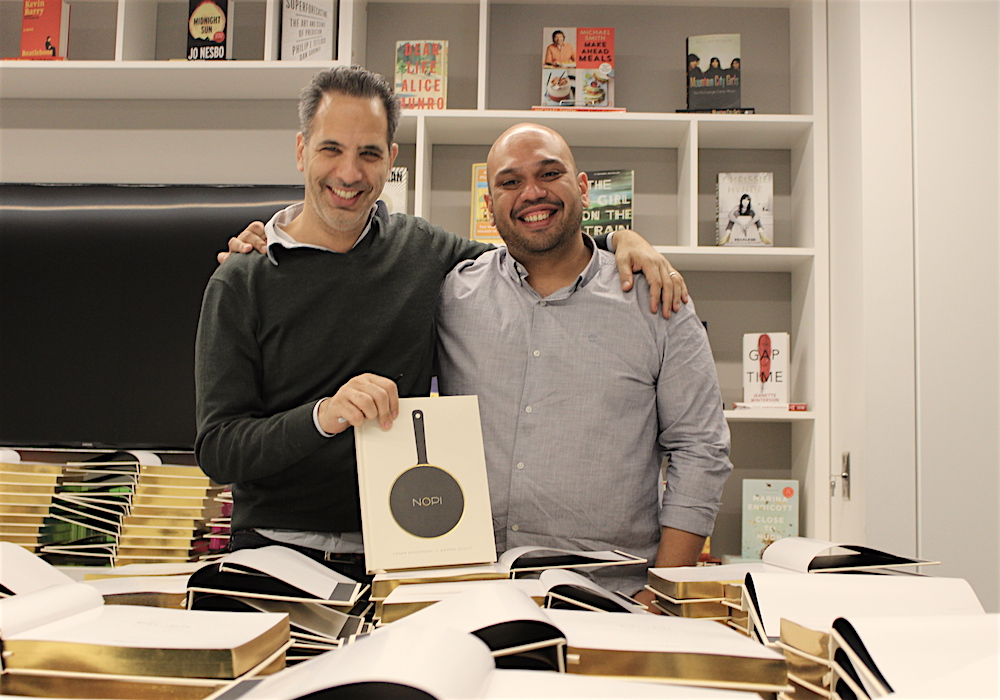
Yotam Ottolenghi and Ramael Scully are working around a table stacked high with copies of their new cookbook NOPI. It’s named after Ottolenghi’s fine dining restaurant in London’s West End, north of Picadilly (get it?). Scully (everyone calls him Scully) has worked for and with Ottolenghi, and his business partner Sami Tamimi, for a decade and has been the head chef at NOPI from its opening. The two of them recently stopped by Toronto on their North American promotional tour, and I was privileged to conduct the interview with them below.
Scully grew up in Malaysia, and then Australia, and brings to the book and, according to Yotam Ottolenghi, a Southeast Asian sensibility to Ottolenghi’s already jumbled up Italy meets Israel meets the Mediterranean Basin with a touch of the farther Middle East sensibility. It’s another beautiful Ottolenghi cookbook. As the interview below unravels, there’s lots Ottolenghi fans will recognize, as well as some new twists…
This interview has been edited for style and clarity.
Good Food Revolution: You opened NOPI in February of 2011. That’s nearly five years ago. Why did it take so long to write a cookbook about the restaurant?
Yotam Ottolenghi: It just works like that because the restaurant food of NOPI has really evolved over time. I think it would have been too early to do a book straight after opening. You need to build up a recipe pool and an identity. So, I think it was good to wait. It just takes time to settle.
GFR: In the introduction to the book you talk about working with Scully, first at the Ottolenghi ‘deli restaurants‘, and then the transition to opening NOPI, which is fine dining. I’m interested, Scully, in your perspective. What was it like to come into the world of Ottolenghi?
Ramael Scully: I met Yotam in 2005, we were both nobodies at that time, he had just opened the second [Ottolenghi] restaurant. I was learning my way to do small plates, sharing plates. It became the journey that we did at NOPI, where we kept that sharing concept. It took the first two years of building the right dishes and feeling comfortable so we could share them in the book. Me and Yotam have always had this bond based on food. We can always talk about food. We share such a big interest in food, and it’s nice to have a boss like that, that you can actually bounce ideas on. Sometimes, if you work in the kitchen you’ll have a boss that just says, “Yes. No. Or, why are you doing it like this?”
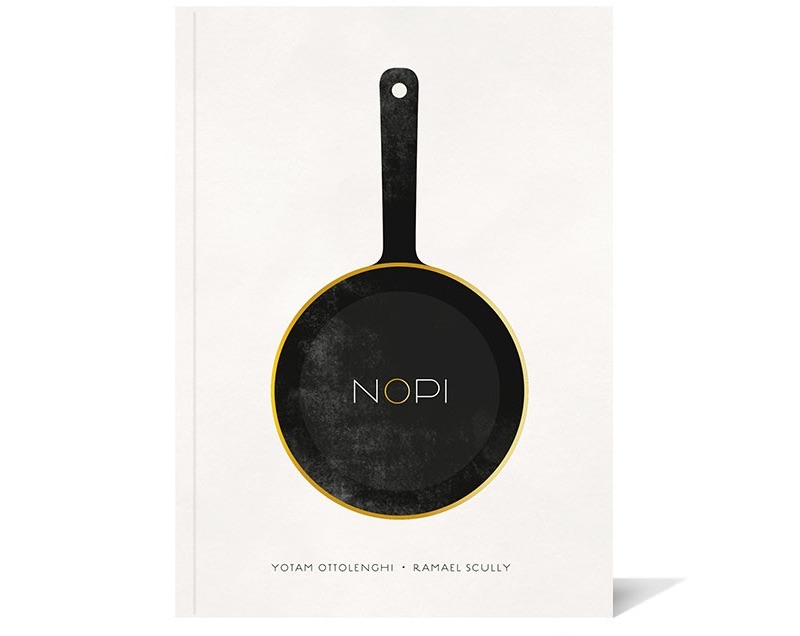
YO: When Scully came, I think we were both kind of finding our feet. Trying to find out what we wanted to cook, what would be our signature, in a sense. I don’t think Scully or I knew where we were heading, it was a slow progress: getting to know which flavours we like, evolving, getting used to working with the other chefs around us. But, ten years is quite a long time, so our food has changed over time. We’ve read a lot, we’ve traveled a lot.
RS: It’s a maturity over time understanding your palate. I remember when we first started Yotam would say, ‘No, Scully, you have too much on the plate,’ and didn’t really understand. But after all these years with him now I understand sometimes less is better. I’m sure you’ve been to a restaurant where you get a lot of things happening on your plate. As soon as you start eating it, it confuses your palate. There’s too many things going on.
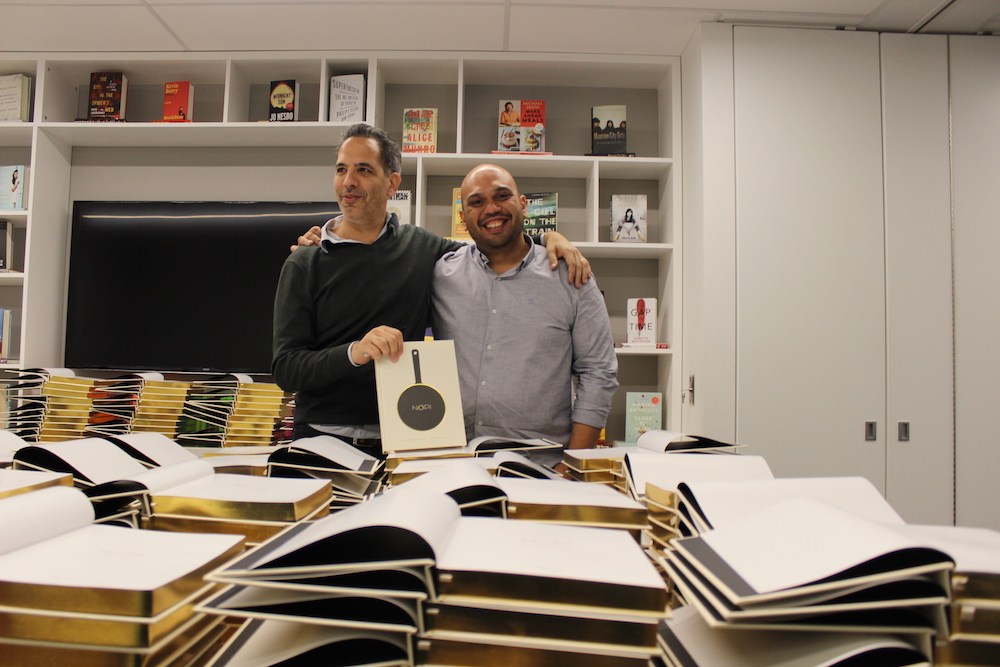
GFR: Speaking of restaurant meals. You say in the introduction that the NOPI cookbook is for home cooks, but it’s also a restaurant cookbook. What do you mean?
YO: [Laughs.] What I mean is that it’s unlike Jerusalem or Plenty More, where often you’ll have a dish that’s cooked in just one pot: the archetypical recipe is in Jerusalem where you have chicken cooked with rice and barberries. It became very popular, and it epitomizes home cooking where you don’t want a lot of pots and pans, and you want to throw everything together.
GFR: Because we’re lazy!
YO: It’s not even lazy, it’s just convenient. You don’t have time for that. But in a restaurant, it’s almost the opposite. You never cook anything in one pot and serve it. You make a lot of preparation for the different aspects of every dish. You’d have your chopped herbs lined-up, you have your condiments lined-up, your sauces lined-up; everything. So, this is like the two extremes of the continuum between the one pot dish and the restaurant with everything lined-up. Normally, wit the other books, it would be much more on the side of the one pot dish. Now, with Nopi, we came from the restaurant where things are prepared in a meticulous way and all laid out, but we had to make it doable for home cooks. Scully, through the processes with me, had to modify quite a lot of the dishes in order to keep the identity, keep the flavours and keep the DNA of the dish. But without doing all the madness of prep.
RS: From a chef’s point of view, I had to relearn how to cook. Number one: measure salt! I had to go to supermarkets to find ingredients like we get at the restaurant, to find the same flavours. That was a real roller coaster ride for me, going to the super markets. Could I get the same tamarind? Or the same soy sauce? But overall, 90% of things did work. And the 10% of the dishes that didn’t work we took out of the book because we couldn’t find the right ingredients to replace what we use in the restaurant. Even cooking times had to be done over: instead of me using five elements at a time, I had to learn how to cook using one element at a time! I’m really proud of it. We’re really proud that we took all the Nopi dishes that were used to cooking for 500 covers a day and made them work for a home cook that’s having a dinner party.
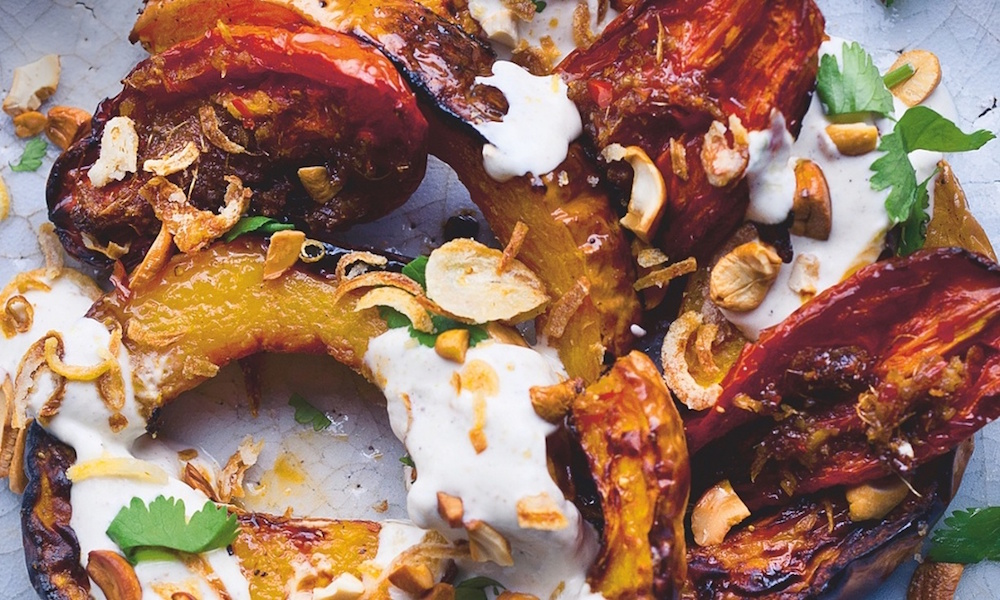
OY: And like Scully says, often we would try and put ourselves into the position or mindset of a home cook. Many of the dishes are absolutely fine prepared in the morning or afternoon to be ready for dinner. The salsa is there, the seared meat is there, the dressing is there, and then it’s all about putting it together. So, we really did do that.
Still, the flavours are flavours of dishes that were invented in the kitchen of a restaurant, rather than home. So, you’ll have different elements. For instance, if we take something like the lamb rump [with vanilla-braised endive and sorrel pesto], it’s got endive cooked with vanilla and a salsa verde pesto to go with those elements. It’s very restauranty. But it also makes sense for a home cook because you can prepare your endive, prepare your pesto, and sear your meat. And then it’s all about finishing it off, slicing it and putting it on a plate. It’s doable, even though it’s restaurant cooking.
GFR: At my house we’ve been doing the aubergine puree that comes with one of the dishes. We just match it with grilled meats or vegetables. So, you can take one element of a dish in the book and use it in another way.
YO: Yeah, that is something we often say. For instance, you’ve got the mackerel with fresh coconut and peanut salad. We always say that’s just a wonderful salad to have as a snack or starter or whatever you want to do. Each individual element in most of the dishes works really well on its own.
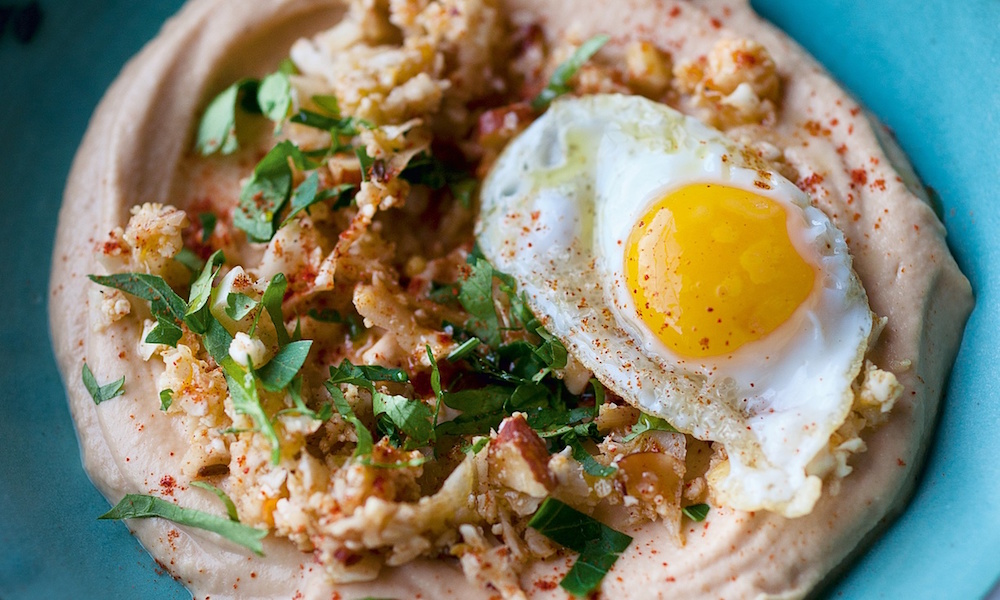
RS: Recently I did a dish with Sami [Tamimi], and I grabbed the NOPI cookbook for the dish that has a celery root purée [with spiced cauliflower and quail egg]. It’s celery root with a little bit of tahini, ras-al-hanout, cauliflower. In the book we have it with a pan-fried quail egg, but I took the quail egg off and put on a nice meaty fish, some cod. At the same time, in the book we talk a lot about substitutions. If you can’t find this ingredient, you can use this and this instead. Another example is the lamb fillet [smoked lamb chop with eggplant purée, jalapeño sauce and kohlrabi pickle] that has a nice sauce with capers and cilantro that could go really well with a piece of fish. Or, on a bruschetta would be nice… So if you read the recipe, we give you options. You don’t have to make all the components on the plate, you can pick bits and pieces out of it.
GFR: Yotam, you have sold some cook books before, so I think you have a following of people who have an idea about what’s in an Ottolenghi cookbook. Does there have to be a continuity, or can you say, “No, this is different?”
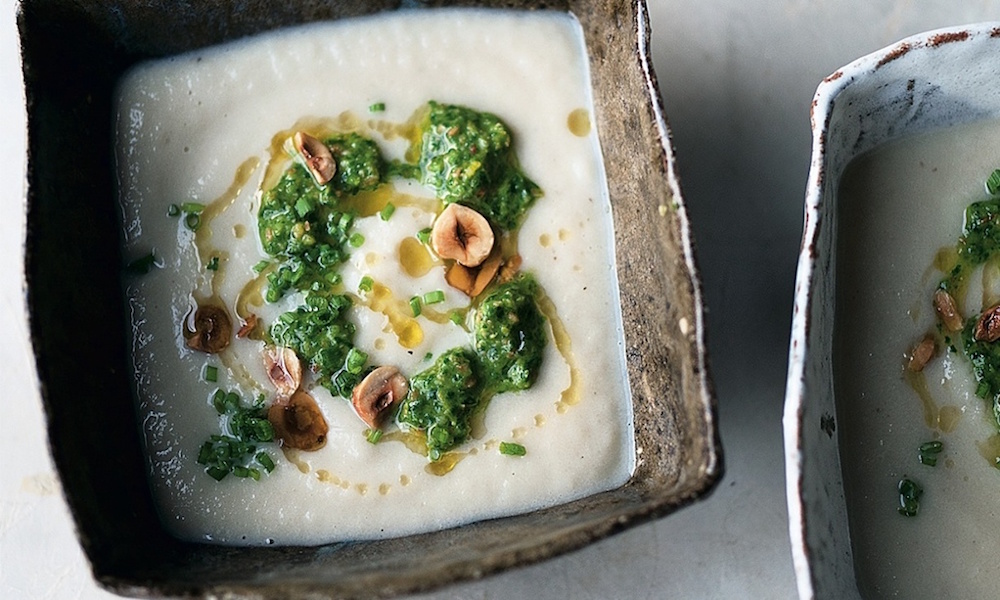
YO: There has to be a continuity. That’s why I said to Scully from the beginning, “This is not going to be your typical restaurant cookbook that’s for aspiration, not for getting stains in the kitchen.” This is not the sort of book that I want to do. First I wouldn’t enjoy doing it as much, because then you just take a restaurant recipe and duplicate it. And also because, like you suggest, there is an expectation from the reader that a book with the name Ottolenghi on it would be a book that you could actually cook from. The one thing people do with my books, I think, is use them. I love it. I always follow what people write on social media, or email or whatever that I get. So, I know they like to cook from them. So, it was really important to produce a book that people would enjoy cooking from.
GFR: The recipes in the book are innovative. They don’t seem to be from someone’s grandmother. But they also seem to be rooted in tradition of some kind?
YO: It’s funny because many of the recipes have elements – not the whole dish, obviously, but elements – that go back to Scully’s mum and his aunts.
RS: My experiences in Australia and Malaysia.

YO: There’s rasam, there’s chilli jam, there’s chilli paste. The dishes are absolutely not what Scully had growing up, but the elements definitely have to do with his tradition and background. Or something like the celeriac purée that Scully mentioned is modeled on hummus. We add lemon juice to it, we add tahini to it, we add garlic to it. But then, it gets all those different things like toasted nuts and the raw cauliflower. So the dishes start from a certain tradition, but then we modernize them and put them into the Nopi context, which is a modern London restaurant.
GFR: In my trade, certainly in the last five years or so, I meet more and more authors and chefs who are focusing more and more on vegetables. It seems like many of the ideas and concepts that you first brought out 10 or more years ago have really taken hold. Do you see this too? And if you do, how do you feel about it? Do you feel like they’re stealing your ideas?
YO: No, I don’t feel like that at all. I do often see ideas that I have had on menus or in books and it makes me proud. I think it’s great, actually: the vegetable revolution is happening! And I don’t feel possessive about that because I also steal other people’s ideas! That’s what we do as cooks. We constantly browse through cookbooks, and if someone is really good then you really want to use their ideas. Of course, you need to be original, and that’s the most important thing. But you can still be original while incorporating other things. We are operating as chefs less and less in vacuums and more and more in a world where people can freely exchange ideas. You will see in the book, that many of the recipes will credit a chef, a magazine, or a book for a component of the dish. We have the butterscotch miso [quail with burnt miso butterscotch and pomegranate and walnut salsa] that we got from Christina Tosi in Lucky Peach magazine. She uses it as a desert, Scully uses it with a bird, with a quail or a chicken.
RS: It’s good. When I started cooking, they would teach you how to do a rotolo dish, or a pasta dish, or a risotto dish, which was always the vegetarian option. But the level of knowledge of vegetables that chefs are sharing now is teaching the young one coming up and they’re loving the veggies. At NOPI we’re easily 60 to 70% based on vegetables. Not many restaurants have that philosophy with vegetables. And it’s cheaper, too! Food costs are much better with veggies!
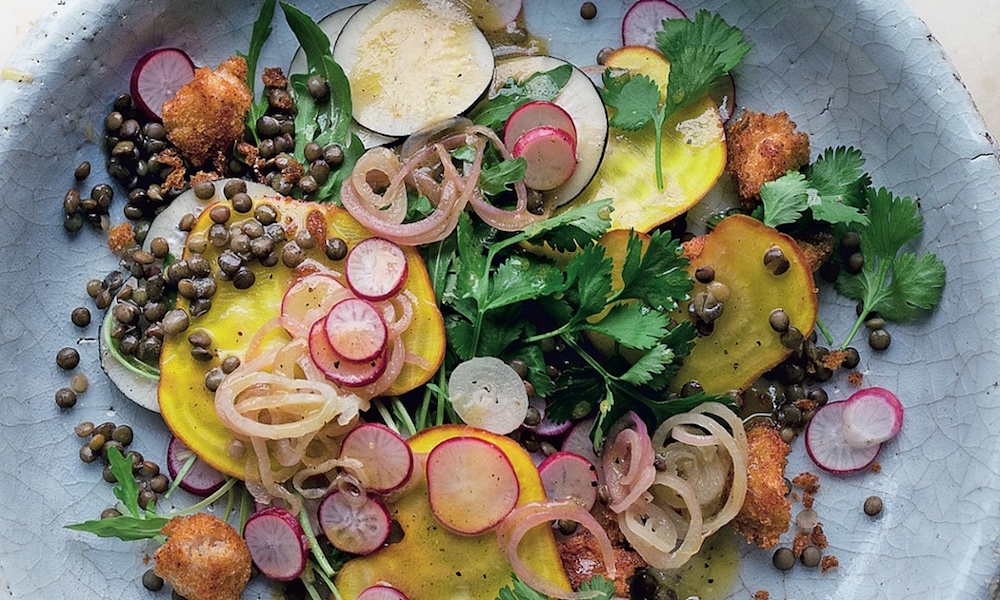
GFR: Plus, there are all these amazing farmers now growing amazing things.
RS: Yes, it’s amazing now what you can find now.
YO: It’s much more diverse than animal protein. We can do with vegetables so much more than we can do with meat. For a chef that’s looking for a creative challenge, it’s great. But, for a lazy chef it’s not great. If you use vegetables in the same old way, then they’re boring. It’s very easy to make a steak good, if you’ve got good old aged meat, but you can’t say the same thing about a sweet potato. You need to dress it. You need to put it into a context and do lots of interesting things to it. So, I think everybody is really benefitting from this: chefs are pushing themselves, diners are enjoying a much more diverse and better diet. It’s wonderful thing. I think we’re just at the beginning, actually, and I think it’s going to be more and more.
Follow Yotam Ottolenghi on Twitter at @Ottolenghi, or browse the Ottolenghi empire of smart London restaurants at ottolenghi.co.uk.
 Malcolm Jolley is a founding editor of Good Food Revolution and Executive Director of Good Food Media, the company that publishes it. Follow him on Twitter or Facebook.
Malcolm Jolley is a founding editor of Good Food Revolution and Executive Director of Good Food Media, the company that publishes it. Follow him on Twitter or Facebook.

